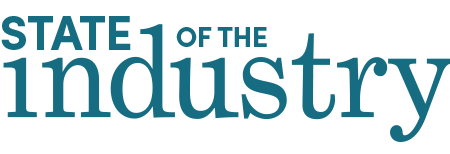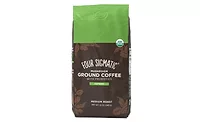2021 State of the Beverage Industry: RTD cold brew leads coffee category growth
RTD segment booms, single-cup remains largest segment
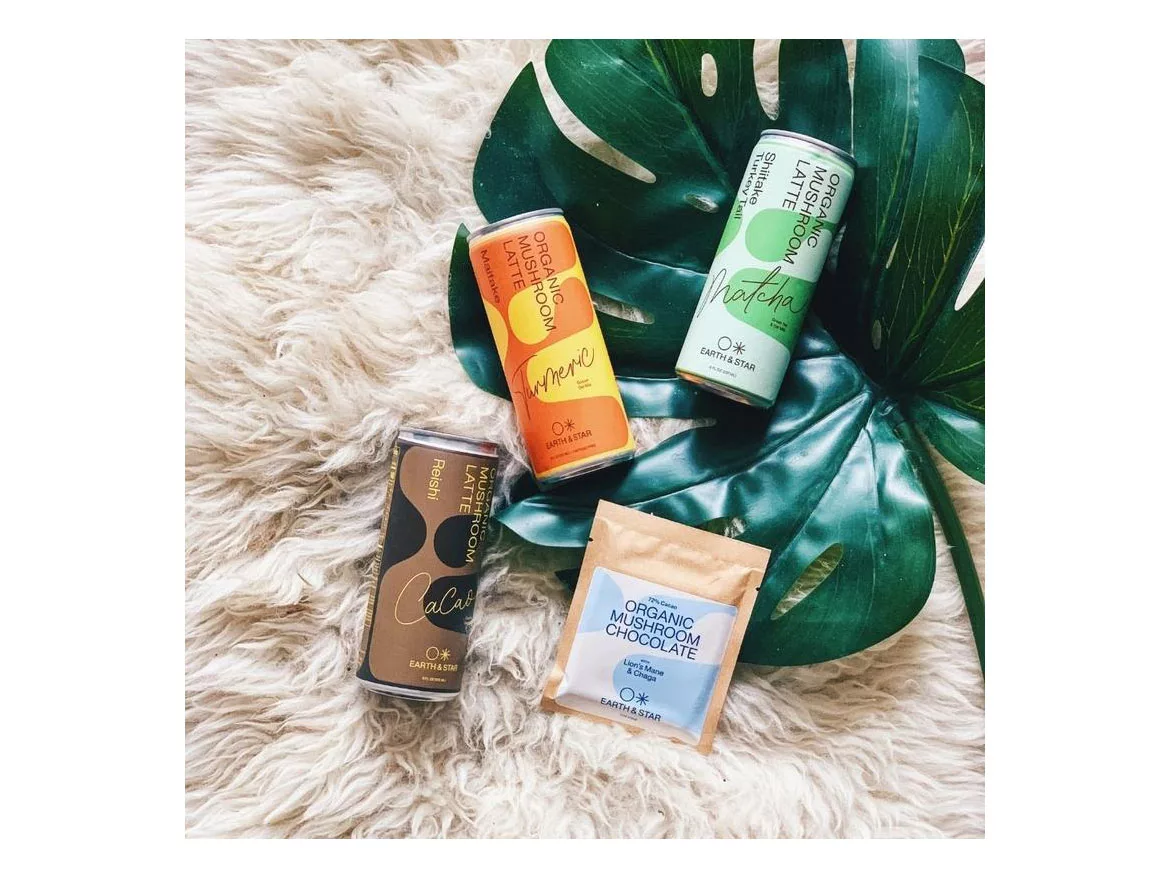
In 2020, as the U.S. coffee market adjusted to an increased work-from-home culture and reduction of foodservice selections, coffee products experienced an uptick in purchases for use at home. As of May 16, the category is a $10.8 billion dollar category according to data from Chicago-based Information Resources Inc. (IRI), with most subcategories experiencing growth in the 52-week time period.
Data from 2020 showed that the growth of the caffeine-inducing beverage category largely was being driven by single-serve, convenient segments: ready-to-drink (RTD) and single-cup coffee. However, ground coffee remained ahead of RTD when it came to sales.
As Beverage Industry reported in last year’s State of the Industry, refrigerated RTD coffee alone had amassed $487 million in sales in total U.S. multi-outlets and convenience stores for the 52 weeks ending May 17, 2020, according to data from Chicago-based Information Resources Inc. (IRI). This was a nearly 20% increase compared with the year prior.
“Historically, the U.S. coffee market fairs relatively well during recessions and economic downturns,” said Brenna Butler, industry analyst for IBISWorld Inc., New York, in Beverage Industry’s September 2020 eMagazine. “Consumers have definitely turned to in-home consumption coffee products during the pandemic, whether because of forced closures of local cafés or in an effort to save money. Either way, coffee consumption will likely remain strong amid the pandemic, as it is largely a part of many people’s routines.”
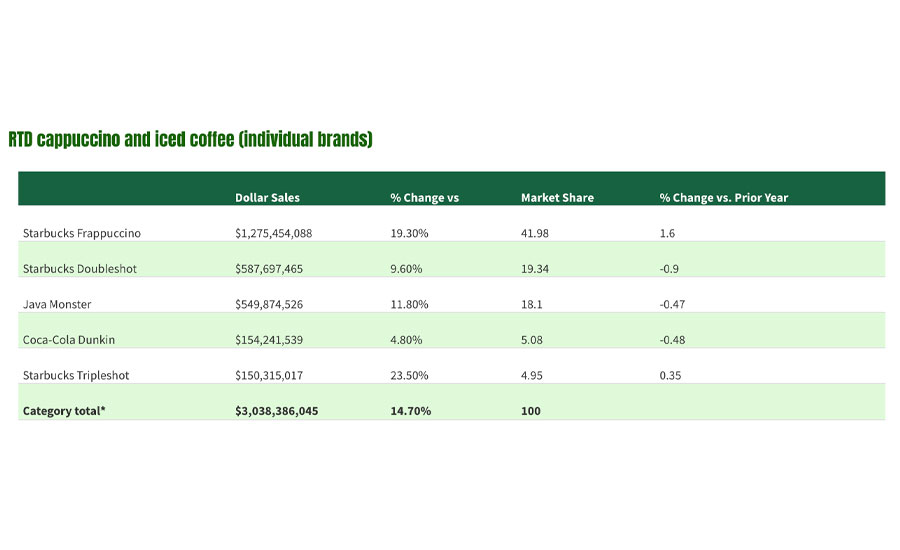
Noting that more than 50% of Americans regularly consume coffee, Butler said the coffee market had performed well the past few years and was likely to continue on this path. Among the coffee segments contributing to that growth, single-serve and RTD coffees were leading the charge.
This prognostication materialized as the RTD coffee segment amassed $3.4 billion for the 52 weeks ending May 16, an increase of 14.7% compared with the previous year.
“In fact, the pandemic has the potential to boost premium coffee trends for households that are less financially impacted and are looking to make more lasting purchases for in-home coffee consumption,” she said. “The COVID-19 pandemic has the potential to bring new insights to the coffee market, as consumers shift to largely consuming coffee at home. The economic effects from the pandemic will also be something to consider as the coffee market today is filled with such variety that consumers can almost seamlessly trade up or down price tags.”
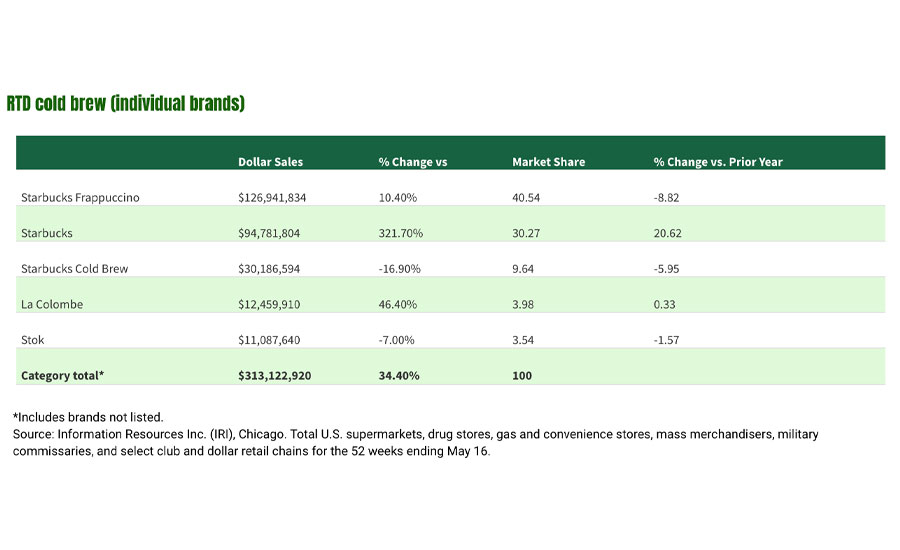
Among coffee trends on the rise is coffee for one. Experts note that more and more consumers have opted for single-cup coffee brewers, impacting the demand for single-cup coffee options.
In Beverage Industry’s September 2020 eMagazine, IBISWorld’s Butler noted that 2020 data from the National Coffee Association’s (NCA) National Coffee Drinking Trends showed more than 42% of households in 2019 owned a single-cup coffee brewer, highlighting the shift in how people consume their coffee. Another trend she noted was the disposable income had been on the rise per capita, resulting in more consumers trading up to premium coffee products.
“As a result, over much of the past five years, there has been a growing niche within the coffee market that revolves around artisanal, high-quality and usually ethically sourced coffee beans,” she said. “Single-origin coffee is becoming increasingly popular in the premium coffee market due to its simple and transparent supply chain.”
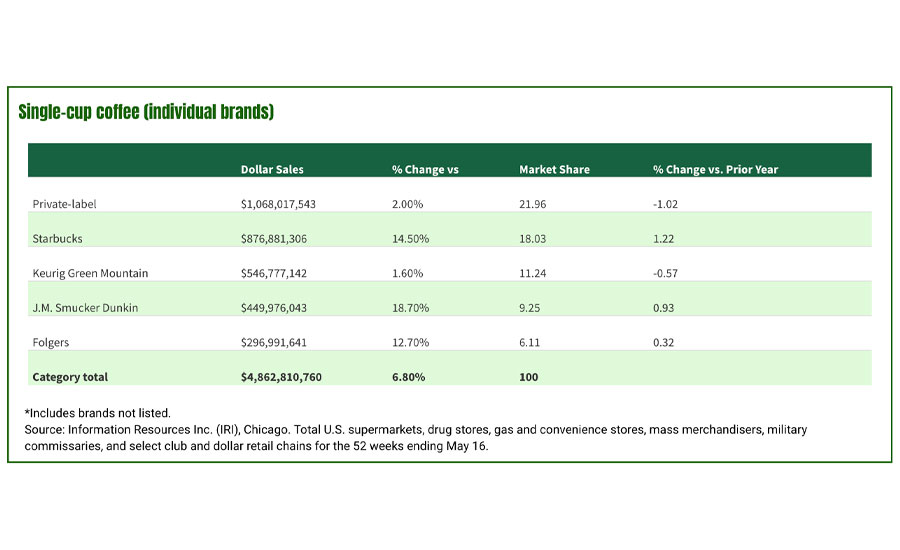
IRI data for the 52 weeks ending May 16, showed single-cup coffee dollar sales reached $4.9 billion, a 6.8% increase over the previous year. However, not all coffee segments flourished in the past year. Instant coffee saw dollar sales down 0.7% compared with the prior year, sitting at $719 million.
Although single-cup brewing options might be hot in the coffee category right now, data shows that some consumers like it cold. Experts note that cold-brew coffee is holding steady and showing sizable growth alongside the “hot” categories.
Matt Barry, consultant for Chicago-based Euromonitor International, noted in the September 2020 eMagazine that premiumization trends in coffee had supported growth of sub-segments such as cold-brew coffee, which IRI’s data indicates is a $313 million segment for the 52 weeks ending May 16, a 34% increase compared with last year.
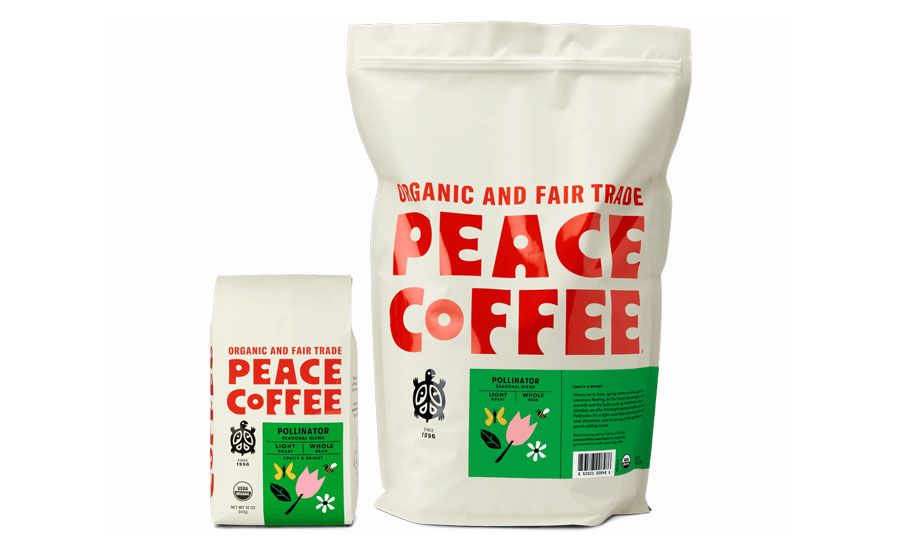
Image courtesy of Earth & Star
“As with many other soft drinks categories and the hot coffee category, the premiumization trend has gripped RTD coffee,” Barry said. “Sugar and cream are slowly being phased out in favor of cold-brew offerings. RTD coffee is becoming less of an indulgence and more of a clean-label energy beverage. The stripped-back ingredients mean that the taste and quality of the coffee itself has become one of the top priorities for newer brands and consumers.”
Barry also noted the prominence that sustainability had gained in the premium coffee market.
“Another premiumization driver are sustainability claims, as consumers are willing to pay more for a product that is organic, ethically sourced, or non-GMO,” he said. “Clean labels and high quality will allow RTD coffee to grow in volume and also keep up in terms of value growth through higher unit prices.”
The coffee market also has experienced the fortification of coffee drinks to give them a more functional purpose, especially as experts noted a rise in consumer demand for immune-boosting ingredients likely due to pandemic concerns. Like many beverages, coffee jumped on the functional bandwagon.
“Coffee has the advantage of being an inherently natural product, leaving it open to other ingredient and function innovation that can further drive consumer interest,” Barry said. “Small brands have already begun moving into the space.”
He noted that brands are incorporating functional attribute such as CBD, mushrooms and protein into coffee beverages.
On another front, IBISWorld’s Butler noted in Beverage Industry’s September 2020 eMagazine that health-conscious trends such as keto diets and plant-based preferences also contributed to growing demand for dairy-free RTD coffee and lattes.
“The RTD coffee market will likely continue on its path of innovation and development as more consumers opt for the convenience and added health benefits of this segment,” Butler said. “The growing population of young adults and youth will likely sustain the RTD coffee segment over the next five years, and potentially take away from other coffee segments like instant coffee. Nonetheless, it is clear the coffee market is well established in the U.S. and has grown to encompass a vast portfolio that appeals to nearly all demographics and tastes.”
Looking for a reprint of this article?
From high-res PDFs to custom plaques, order your copy today!
